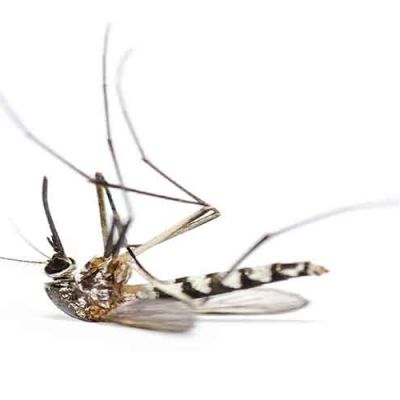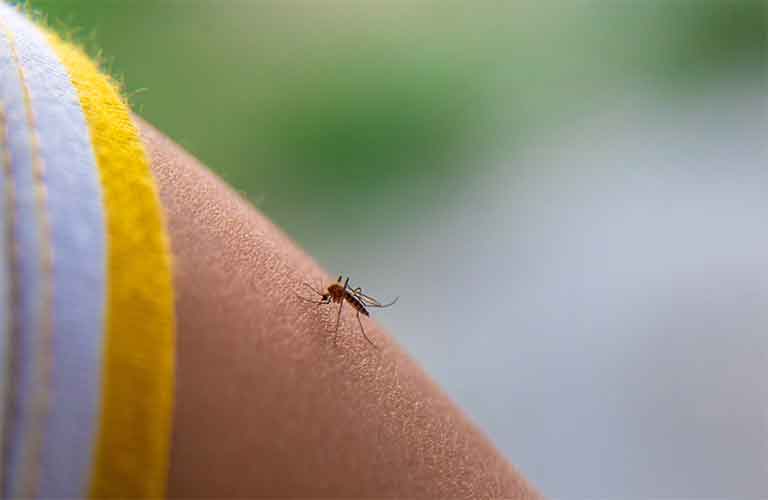
Yellow Fever in Colombia: A Vital Alert for Tourists and Expats
Colombia, a land of vibrant culture and breathtaking landscapes, beckons travelers from around the globe. However, alongside its allure, a critical health concern demands attention: yellow fever. Recent outbreaks, particularly in regions like Tolima, have prompted heightened vigilance, making it imperative for tourists and expats to understand the risks and take necessary precautions.
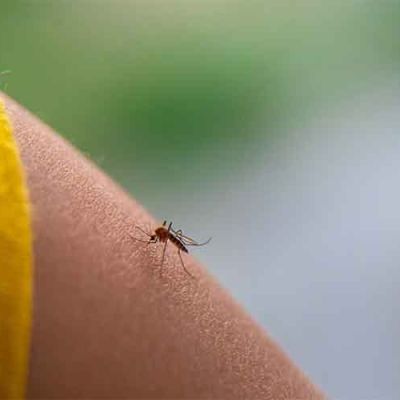
Understanding Yellow Fever Transmission
Yellow fever, a viral hemorrhagic disease, is transmitted through the bite of infected Aedes and Haemagogus mosquitoes. While endemic to many tropical regions, the recent surge in cases, including those in previously unaffected areas, signals a concerning trend. This escalation is attributed to factors like increased agricultural activity in rural zones, fostering closer human-mosquito interaction, and environmental shifts that amplify mosquito populations.
The Importance of Vaccination
The current situation underscores the importance of vaccination. For tourists and expats venturing into risk areas, particularly rural regions outside major cities like Medellín, Cali, and Bogotá, vaccination is not merely recommended but essential. The Pan American Health Organization (PAHO) has emphasized the critical role of immunization in mitigating the spread of the virus, noting that many recent infections occurred in unvaccinated individuals.
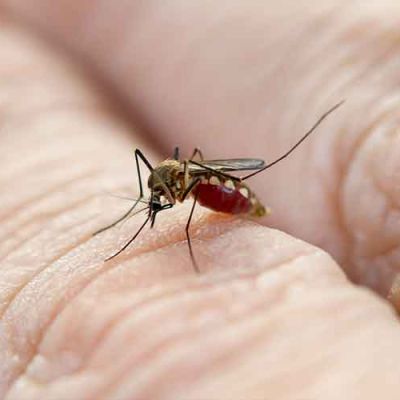
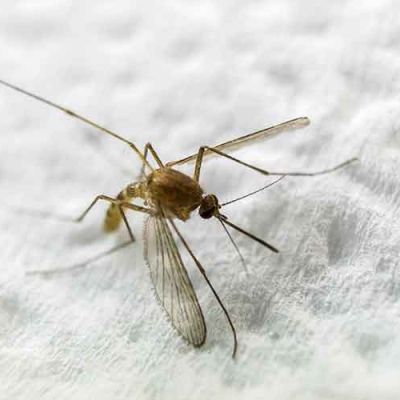
Staying Informed and Seeking Professional Advice
While urban centers generally pose a lower risk, the expanding geographic reach of the virus necessitates universal awareness. Tourists and expats should stay informed about the latest health advisories from reputable sources like the CDC and WHO. Consulting with a healthcare professional before traveling is strongly advised, allowing for personalized risk assessments and vaccination recommendations.
Top Tips for Yellow Fever Safety
To minimize your risk of contracting yellow fever during your time in Colombia, consider the following essential tips:
Get Vaccinated: Ensure you receive the yellow fever vaccine at least 10 days before traveling to risk areas.
Use Mosquito Repellent: Apply insect repellent containing DEET to exposed skin, especially during dawn and dusk.
Wear Protective Clothing: Opt for long-sleeved shirts, long pants, and socks to minimize mosquito bites.
Sleep Under Mosquito Nets: Use mosquito nets, particularly in rural areas or accommodations without proper screens.
Avoid Mosquito Habitats: Limit exposure to areas with high mosquito populations, such as stagnant water and dense vegetation.
Stay Informed: Keep up-to-date with the latest yellow fever advisories and outbreak information from reputable sources.
Recognize Symptoms: Be aware of yellow fever symptoms, including fever, headache, muscle pain, nausea, and vomiting.
Seek Medical Attention: If you experience any symptoms after returning from a risk area, seek immediate medical care.
Vigilance and Preparedness
The current yellow fever situation in Colombia serves as a stark reminder of the importance of proactive health measures. By staying informed, getting vaccinated, and employing mosquito prevention strategies, tourists and expats can navigate the country’s beauty while safeguarding their well-being. Vigilance and preparedness are key to ensuring a safe and enriching experience in this captivating nation.
